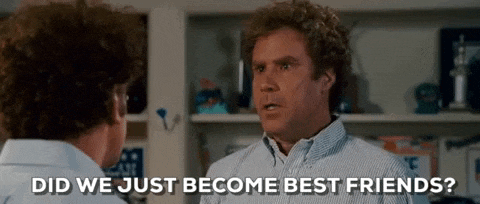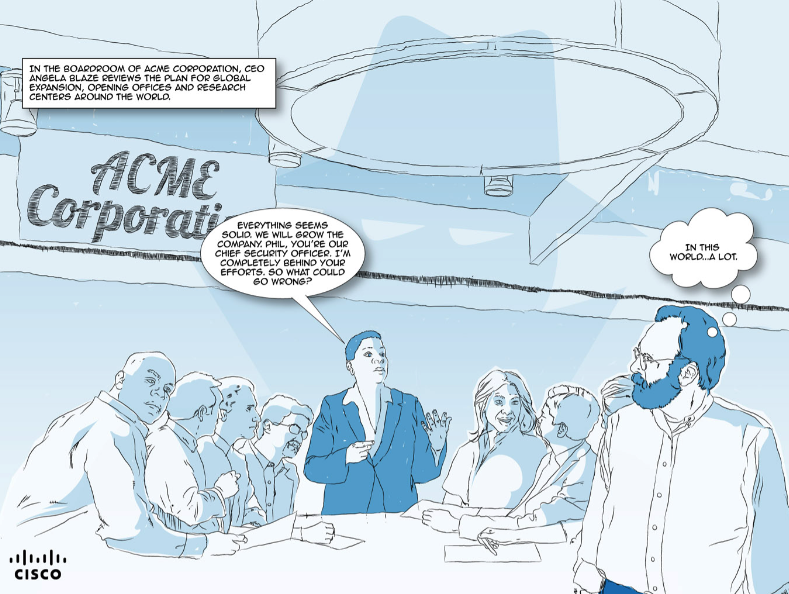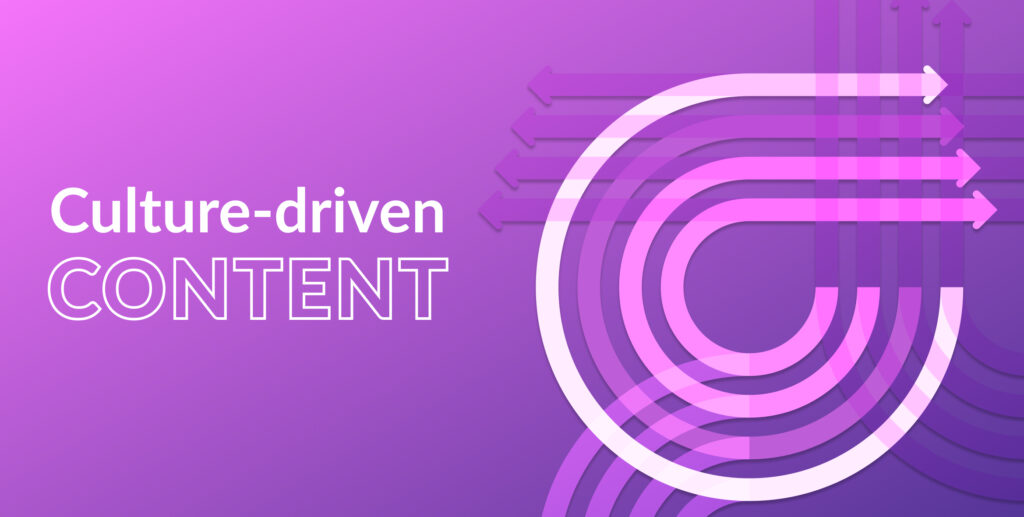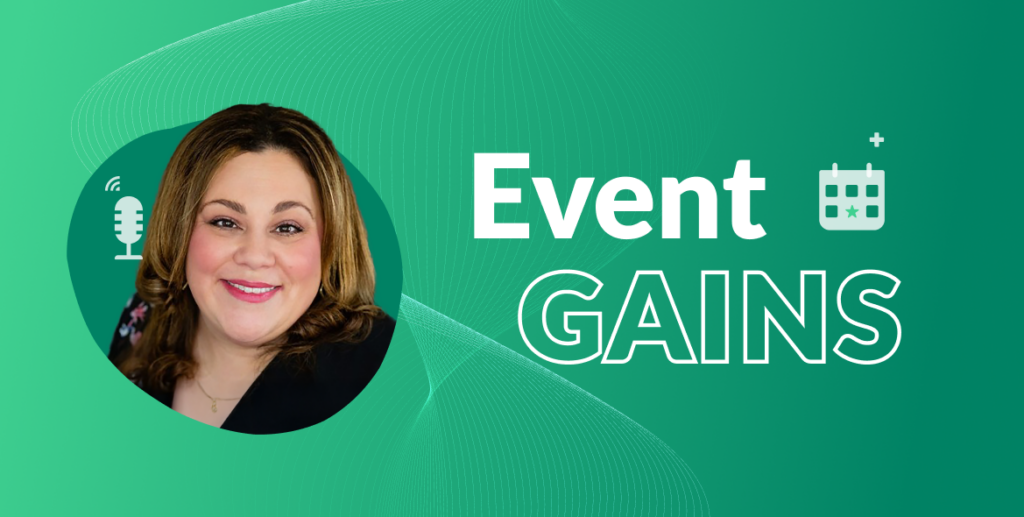“Our content just isn’t engaging enough.”
“We have a regular content calendar, but why isn’t website traffic going up?”
“What is the use of writing all this content if it just doesn’t deliver leads?”
“Nothing sets us apart from our competition. It’s all down to the sales relationship.”
Does any of the above sound familiar? This probably means your telecoms content marketing campaign is wilting for want of some bold, standout thinking to differentiate you.
Why?
- It builds a fan community. Studies have shown that B2B buyers prefer to read content that’s bold and impactful.
- It differentiates! It enables you to charge a premium and avoids a race to the bottom on price. The entire global B2C advertising industry is built on this insight.
- It gets the message across. No matter how complex or technical an idea, a vivid demonstration or metaphor is more effective at getting it across than words, words, and more words.
- It makes life easier for your reader. People are inundated with the same type of content day after day, week after week. Small wonder that they feel more positively towards brands that provide them with unexpected, rewarding experiences.

Here are three examples of brands that redefined the rules to create some truly iconic telecoms marketing content.
1. Cisco (and Google) – graphical explainers
Let’s get started with the techy stuff. How do you communicate complex security concepts creatively and in a memorable way?
Cybersecurity is a massive field – and a crowded one. As a company with a networking background competing with specialists of every size and type, Cisco wanted to reach IT influencers and decisionmakers and educate them about its security proposition. What did they create?
Not a survey or a ‘state of the market’ report – though these are tactics they used in the overall campaign, too.
They created the SuperSmart Security graphic novel – a brilliantly conceptualised, perfectly executed graphical novel approach to how international cybersecurity threats work. It goes on to explain Cisco’s approach. An instant icon in the world of telecoms marketing, complete with international villain and everyman geek-hero.

And while talking about graphical novels that present challenging concepts in an accessible way – the Google Chrome graphic novel holds a permanent spot in the tech content marketing hall of fame. Read it when you get a chance. Thank us later.
How they got it right:
- They understood their audience. They were talking to IT audiences and realised the content a developer reads is often monotonous. Also – developer personas frequently read graphic novels.
2. Thales – tapping into the power of storytelling
Here’s a great example of a company that decided to weave the many use cases under its umbrella of cloud solutions and services into a terrific, evocative narrative. Taps into the power of the medium, keeps the narration tight and on-message, and demonstrates how its technologies can help companies serve their customers anywhere in the world.
Truly stands apart from the thousands of videos you see everyday, which are essentially speeches or articles with moving graphics on the front. Judge it for yourself – here’s the video. No wonder it racked up tens of thousands of views.

How they got it right:
- They understood that people get stories. They created a satisfying viewer experience that took full advantage of the myriad ways by which Thales, formerly known as Gemalto, helps its customers.
3. Mint Mobile – using humour
Humour is one of the most effective ways to be memorable and form a bond with an audience. And to us, Mint Mobile’s 5G video series featuring Ryan Reynolds stands out as one of the most excellent examples of using humour to get your message across.
Other stunning examples include the ‘Gerardo’ campaign by Movistar that has since passed into common vocabulary:
Find humour in the everyday. You don’t need large scale comic sketches. Little insights go a long way – here is a great example!
How they got it right:
- They were cautious – and kept it local. Humour is one of the most local traits in humanity. Content that is hilarious in one market or to one type of audience can sometimes unintentionally be offensive for another. Mint Mobile and Movistar’s campaigns were tailored for local audiences and the humour was relevant and not offensive.
- Always check with colleagues from other parts of the world if you’re planning to launch a global campaign based on humour.
Ready to go for it?
Creativity is a powerful tool in telecoms marketing if used wisely and with insight and empathy for your audiences.
Tailor it to the audience, not yourself. The purpose of creativity is to resonate with your audience. A telecoms marketer is probably not your core audience – so whether you find a piece of content powerful isn’t important. Test your concepts early on with colleagues or others who can stand as a proxy for your audience – and listen to their feedback.
Advocate it, push for it, and make it part of your organisation’s culture. Test a creative approach with a pilot campaign, or do A/B tests to get buy in.

If you need help deciding the right strategy for your B2B brand, let us steer you in the right direction! Drop us a line at hello@isolinecomms.com today to discuss your needs.



